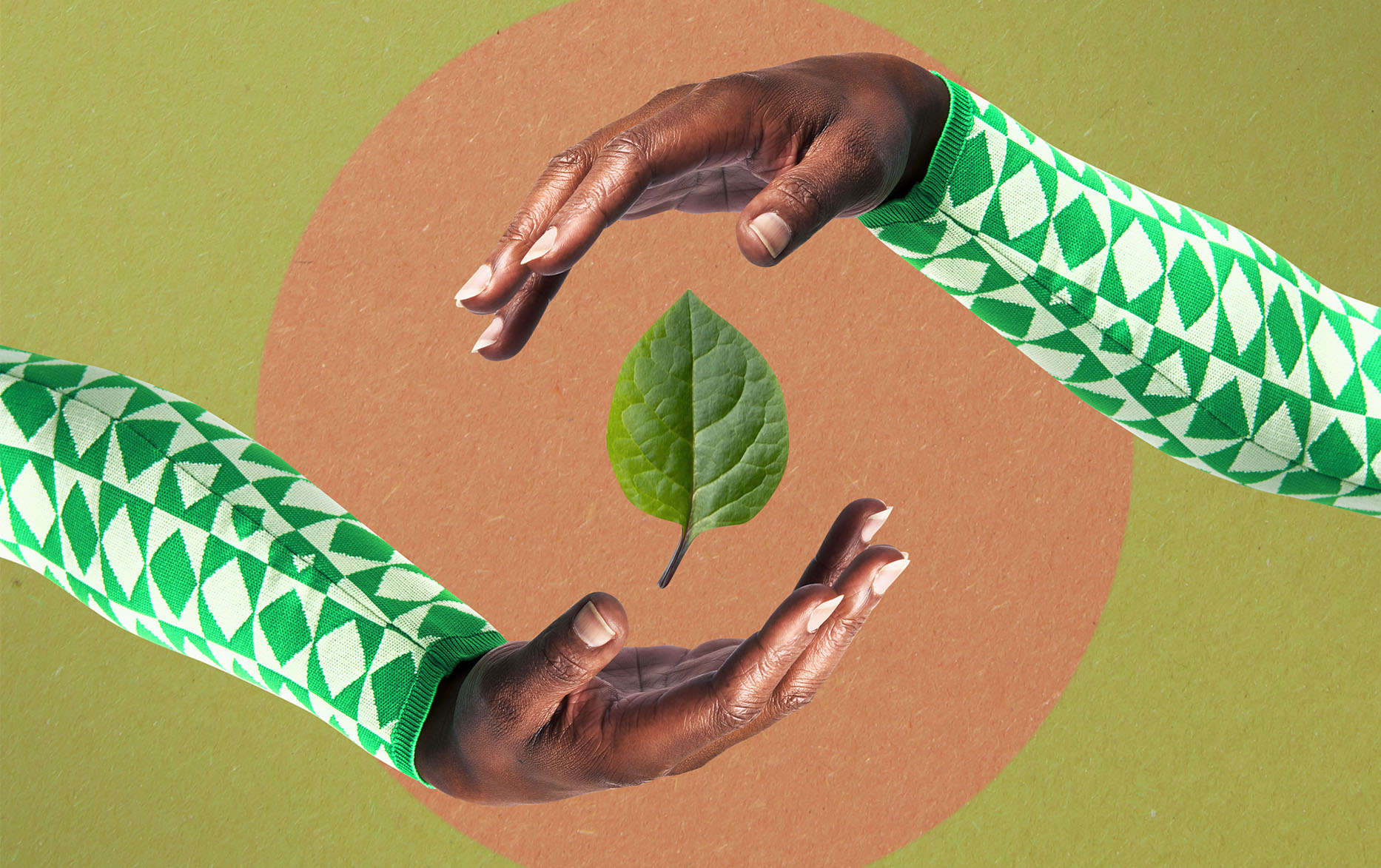

For the past 50 years, Earth Day (April 22) has been celebrated by billions of people around the globe. This day marks a time for individuals, businesses, and institutions to come together to promote environmental awareness.
A green future is a prosperous future. As caretakers of this planet, we have a responsibility to help protect our natural resources for generations to come. That means adopting more eco-friendly living practices every day, not just on earth day.
Finding ways to conserve resources in our everyday life can have a big impact over time. Get the whole family involved! It's a great way to teach kids important lessons about responsibility and conservation.
Here are eight (8) easy ways to be greener at home and help keep the spirit of Earth Day alive all year long.
You might have heard the statistic from the EPA that indoor air is 10x more polluted than outdoor air (true story!) This is partly due to the toxic chemicals found in conventional cleaners and other products.
If you've never thought about this before, make this the year you start. Replace chemical cleaners with eco-friendly less toxic cleaning products such as EPA Safer Choice Certified Simple Green All-Purpose Cleaner.
The same goes for other items in your cabinets and garage such as detergents, candles, fragrances, body care, and more. Just be sure when disposing of anything hazardous you follow the EPA's guidelines for safe management of household hazardous waste.
Find new ways to use things you own. Before throwing something away, think about whether you can repurpose it. Could that jar be reused as a planter? Or pass things along to friends and family who can give an item new life.
Separate your trash and recycle everything you can. Better yet, assign this task to one of your kids. This is a great way to get youngsters involved in your family's conservation efforts.
And speaking of kids, how fast do they outgrow their clothes? Scary fast!
Clothing is huge source of waste that's glutting up our landfills. So why not shop second-hand? There are lots of great thrift stores and online sites like ThredUp that sell stylish, gently used clothing for a lot less than what you'd pay buying new.
Your kids will get stuff that fits after their latest new growth spurt, and you'll save a little cash to boot. Plus, you might find some designer duds for yourself at a price you like. Buying gently used clothes means less fabric waste, which is good for the planet as well as your wallet.
Make it a habit to turn off lights and unplug appliances when not in use. Teach your kids to do the same. Then going forward, replace your lights with energy efficient bulbs to really cut back on energy use.
Also start to think about how you and your family can use less water. Take shorter showers. Don't overwater your lawn or run sprinklers if it's been raining. And get those leaky faucets and toilets fixed!
Using your own shopping bags means that more plastic bags won't end up in a landfill or other places where wildlife can become entangled in them. Plus, reusable cloth totes are sturdier than store bags, and less likely to rip or tear when carrying heavy items.
We know it can be hard to remember, so stash a few bags in your car, your purse, and maybe even at the office. That way you'll always have a reusable tote within easy reach any time you need to stop at the store.
Transportation is one of the world's largest sources of global warming pollution. Anything you can do to drive less, can have a positive effect on the environment.
Form a carpool for your commute to work or school. Walk, bike, or take public transportation to the office or store if you can. You'll not only help the planet, you could also burn a few extra calories as well. Which is never a bad thing in our book.
Changing how you eat can also have a positive impact on the environment. Choosing food that's Certified Organic means you're choosing food grown without synthetic pesticides and fertilizers that can harm the planet.
Eating less meat is another way to help the planet. Food production is responsible for one-quarter to one-third of all greenhouse gas emissions worldwide. The majority of that is due to meat production. Try doing "Meatless Mondays" for a while and incorporate more plant-based dishes into your weekly menu.
Not only does plastic end up in landfills, it also finds its way into the ocean and can cause terrible damage to sea life. Find ways to avoid single-use plastics whenever you can.
A few suggestions: Use a refillable glass water bottle (rather than buying plastic bottled water). Carry your own utensils and reusable straw with you so you don't need to get the throwaway kind from casual restaurants. Bring glass jars or mesh baskets with you to grocery stores to fill with fruit or bulk bin grain items. Every little bit helps!
Want to get some exercise AND help clean up your community? Try this hot fitness trend from Sweden!
Plogging is a mash-up of jogging and the Swedish term "plocka upp" which means "Pick up". Basically, you jog with a trash bag and pick up litter as you go. Other variations include "pliking" (biking and trash pick-up) and "plalking" (picking up litter as you walk).
Plogging, pliking, and plalking enables anyone to create a cleaner, greener, and litter-free community. This is a fun family activity that helps kids learn about conservation and community service.
Let's make Earth Day happen more than just once a year. Incorporate some, or all of these tips for eco-friendly living into your weekly routine. Mother Earth will thank you.
FEATURED ARTICLES